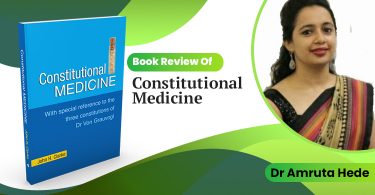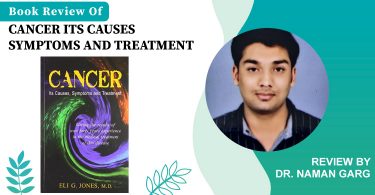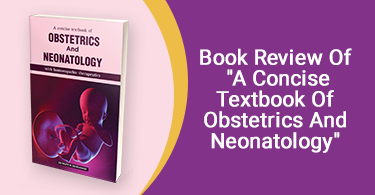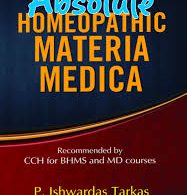ISBN: 978-81-3193963-5
Reviewed by: Dr. J. Rozencwajg, NMD.
A quarter of a century of a successful practice, as I can personally testify, always comes with the questions “How does he do it? What can I learn from him?” That is how I approached this book.
The Introduction is 103 pages long. Out of a total of 477 pages, that is slightly more than 20% of the book. It is the author’s biography, an Oliver Twist-like quasi Dickensonian story of how he became a homeopath, his personal life and struggles, the politics of Homeopathy in India, its local education system and organisation…it gives a dreadful insight into the Indian Medical professional behaviour, awash with backstabbing, money concerns, “tricks and gimmicks to attract patients” (sic), ways to make believe the consulting rooms are full while nobody is coming, all flourishing on the major concern: money. This on its own could be a great novel about hardship and rising to greatness, if only it was written in proper English; some sentences are totally incomprehensible, others have to be read multiple times. Apparently the publisher does not know what proofreading is, what a pity for a book that is supposed to be read all over the world.
Section 2 deals with the management of acute emergencies. It starts with a list of “organ remedies affinities”. The sub-sections are pain, fever, sleeplessness, dehydration, swelling, congestion, anoxia, irritability, itching, numbness, and weakness. A few remedies used to alleviate those symptoms are shortly but well presented, to the purpose. I kept asking myself why those symptoms, they are not even pathologies; they relieve the patient’s suffering, certainly, but are they curative? I found the answer in those two sentences included in Section 2: “Treat a symptom in a patient to fetch him into the system” and “Some drugs that can act as a lullaby to your patient”. My understanding is to treat the patient that way not because it is what needs to be done to help him and cure him but as relief comes, the patient is hooked and remains faithfully within the practice. Isn’t that what we complain about conventional practices, giving drugs to relieve symptoms, just enough so that the patients feel relatively better, does not die but keep coming back for more. At a cost. Isn’t that how the opioid epidemic has been created? Is that the ethics of a practice that is recommended to students and new practitioners, the target of this book? Is that medicine or plain venal commercialism? How repulsive!
I almost threw the book away…but I had a job to do. There is also a Desktop Reference with a list of clinical labels each followed by a series of remedies, but no explanation about why those have been chosen specifically, when to use which one. It seems to be a reflection of the author’s experience in practice but an educational writing should come with some elaboration, not just a plain “trust me on that”.
Section 3 starts with the management of chronic disease. It seems to be based on a profound knowledge of the Materia Medica rather than using the Repertories, with an emphasis on SPQR symptoms; it comes with the author’s personal interpretation and explanation of rubrics, which is an interesting point of view. When writing about constitutional prescribing, it becomes confusing again because of poor English: I could not understand at all some paragraphs, so I probably missed some pearls of wisdom.
This is followed be an understanding of miasms, labelled as “Self-explanatory miasmatic presentation”. I am sorry but I want an explanation, not just a kitchen recipe. The descriptions and classification of the miasms are schematic and dogmatic, unclear while being extremely simplified, with the added bonus of a new miasm, the “Sycoric”, a mix of Psora and Sycosis, otherwise known as “psoro-sycotic” in homeopathic circles. Totally confusing!
Then we are treated to treatment protocols and treatment plans. A “this for that” succession of approaches that seem to have worked for Dr. Biju, with different remedies for different allergens, for example, and different pathologies. All along the book, he differentiates between Drugs for symptoms, Medicines for diseases and Remedies for patients. I read those paragraph a few times, but could not understand the differentiation. I thought homeopaths were treating patients suffering from diseases that are expressed under the form of symptoms. Is that Homeopathy or Allopathy using potentised substances?
The Symphony of Homoeopathy is for me a Cacophony of unethical behaviour, poorly presented approaches to pathologies with here and there a little bit of information that could be useful, drowning in a sea of venality. This book is heading straight to the very small pile labelled “Books I wish I did not read”.





